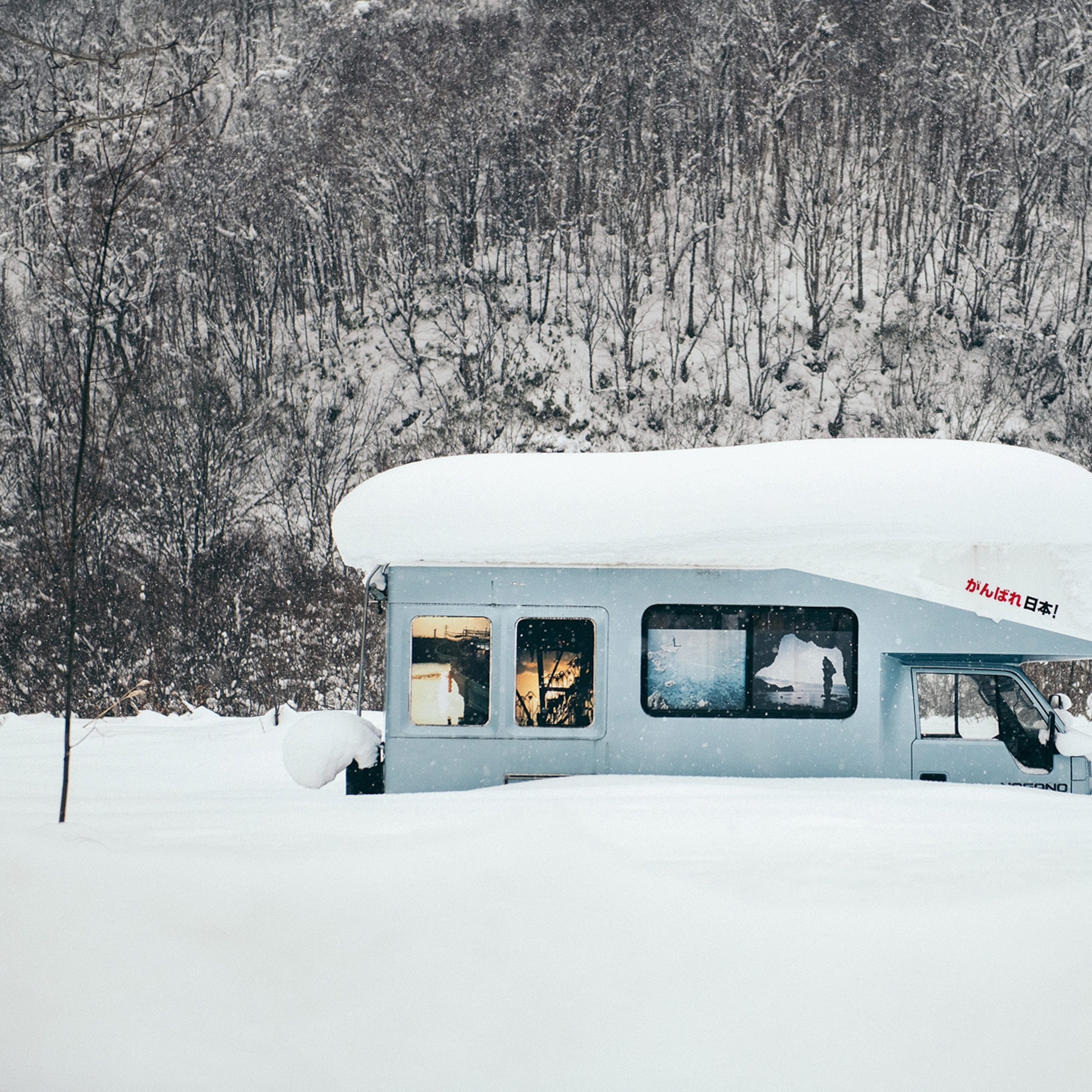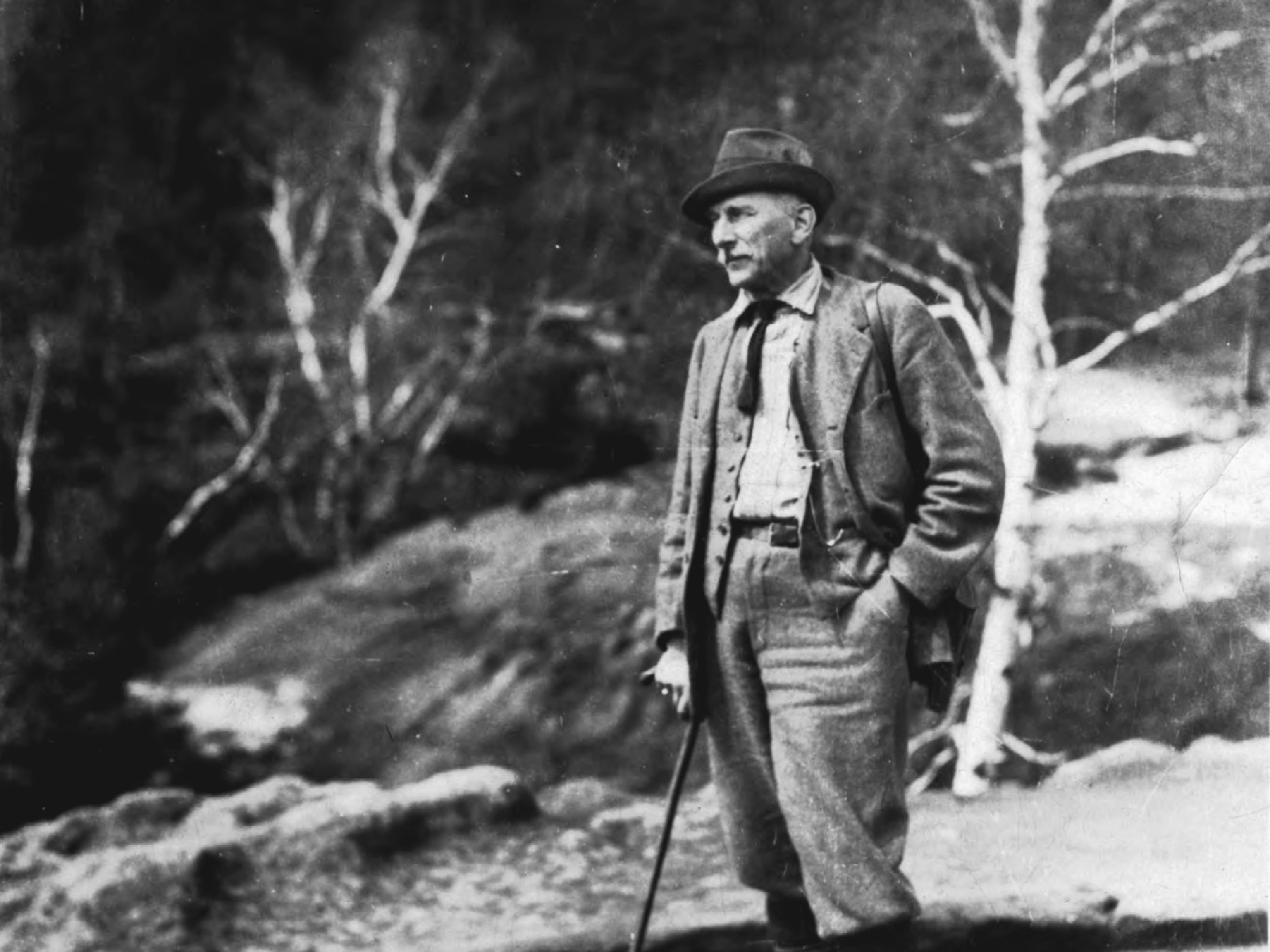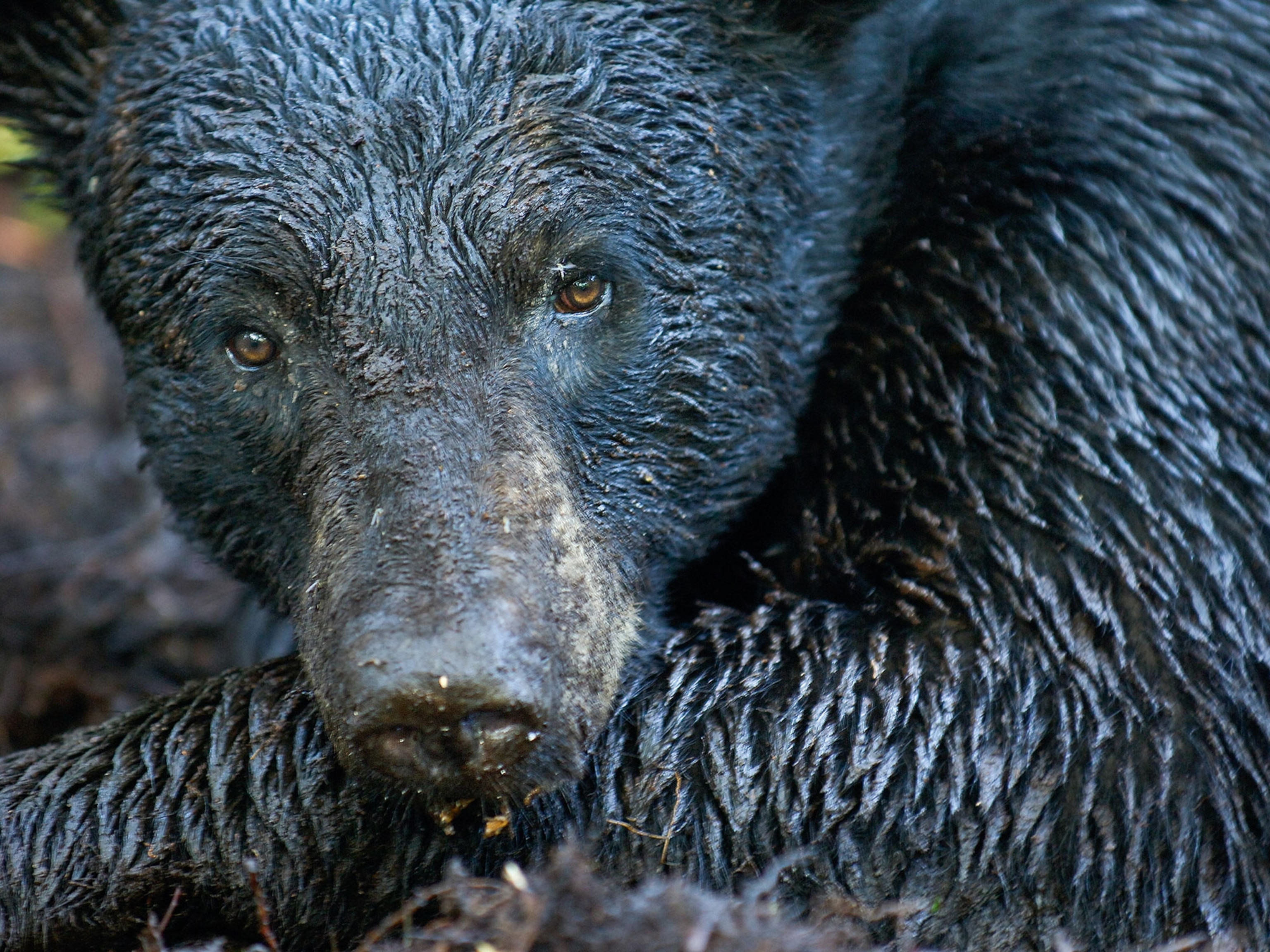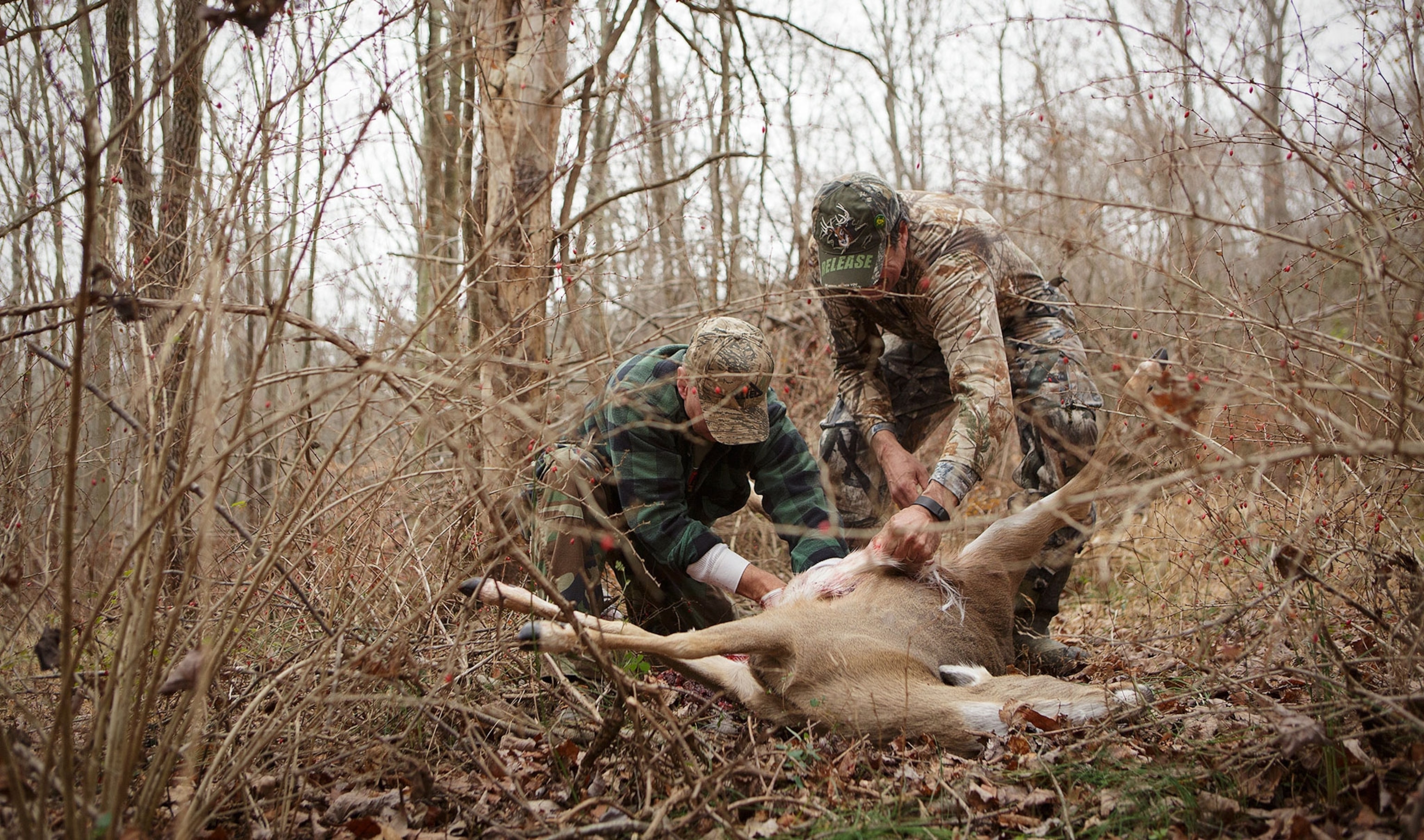
Deer Hunters Help Feed Those in Need
It’s dark, before sunrise, and I’m sitting about ten feet up a leafless tree in a forest full of other bare trees in Urbana, Maryland. Despite the fact that it’s before 6 a.m., my mind feels alert and free. For someone who has never been hunting—and never wanted to go hunting—this stillness helps me understand the draw.
Mike Stauffer is at home in the woods. He got his first hunting license in 1975. He’s sitting in the same tree as me, 45 degrees to my right and about three feet up. It’s the first day of rifle season, and almost as soon as we settled into the tree stands, several deer run into the woods from a nearby field. I don’t have a rifle—I’m just here to observe—but maybe I’m packing some beginner’s luck. That hope quickly fades. The deer were too far away to shoot.
Even though I am a vegetarian, I’m fascinated by what Stauffer is here to do. Whitetail deer are overpopulated in Maryland. And what Stauffer hopes to kill, he plans to donate to people who are “down on their luck” through a program called Farmers and Hunters Feeding the Hungry. His first venison donation was over ten years ago.

Humans have been sharing their game for as long as people have been hunting, points out Matt Wilson, the Program Development Director at Farmers and Hunters and the son of it’s founder, Rick Wilson. But he guesses that formalized donation programs started popping up in the 1980s.
“I think the general idea is that it’s a great renewable resource of meat. There’s nothing that’s been added to it as far as growth hormones. It’s completely organic,” says Wilson. “A lot of times different states have a large bag limit of deer. Why not try and share that with food ministries in the area if meat is one of the biggest needs?”
If you aren’t opposed to eating meat, the system makes a lot of sense. “Something is dying, and you can’t sugarcoat that,” says Wilson. “That is a point where you have a big divide with people. Myself and the side that [says] that’s okay, see animals as a resource that God has put here for us to use for food.”

Donating game has grown all over the U.S. in the last few decades. “Practically every state has a program that will accept donations of venison for the needy,” says Bill Brassard Jr., from the National Shooting Sports Foundation. “I think that speaks to the demand for these types of donations.”
Despite his good intentions, the woods were not on hunter Stauffer’s side the day I was with him. After nearly six hours of waiting (and a little bit of rain) there was nary another peep. Was it the weird warm temperature? The full moon? In any case we folded, and I was granted a lesson in patience.
A week and a half later, Stauffer called. He had just shot a doe. I hopped in the car and raced to meet him in time to watch him field dress (gut) the animal with his long-time hunting buddy, Bert Newcomer. When they were growing up, Newcomer’s father, Bill, had taught the two “wood smarts” as well as generosity. “[Bill] knew lots of people who needed deer meat to survive,” Stauffer says. With the Newcomers, hunting had always been about divvying up the yield evenly, not about who shot what.
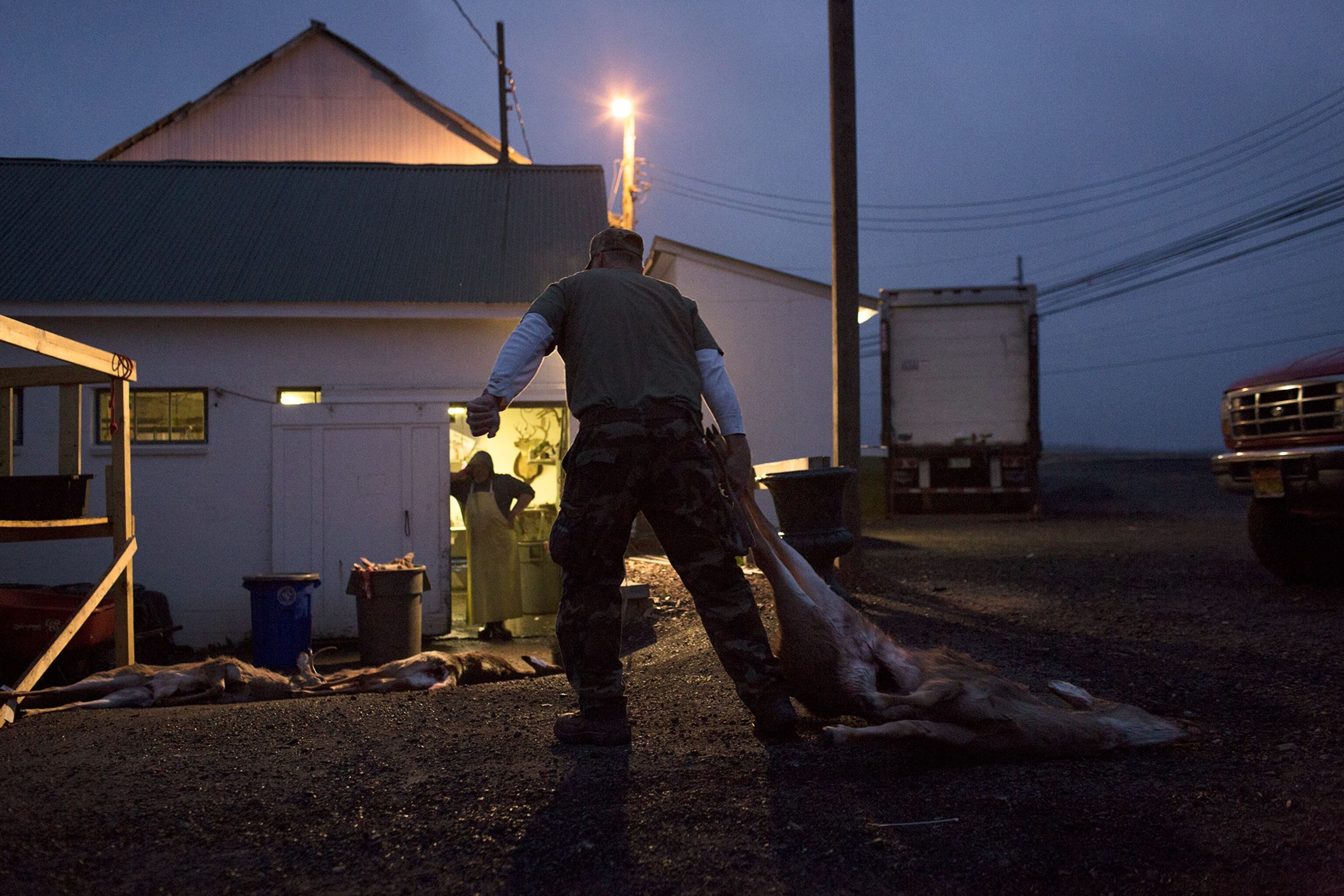
The weight of taking a life compels Stauffer to share. Though I missed it this time, he tells me that he always kneels to say a blessing over a deer he’s killed. “When you receive a gift like game, you put a little love in it—giving it away in this case,” he says.
So that is exactly what we do: Load the doe into his gray Chevy pickup and take it to KS Kuts, one of 27 deer processors in Maryland that work with Farmers and Hunters to process donated deer. The hunter contributes the animal, but Farmers and Hunters covers the processing fees, which are supplemented with donations from churches, foundations, businesses, and individuals.
By the time we got to KS Kuts, it was almost dark. The light from the inside spilled onto the deer on the asphalt outside, waiting to be processed. Stauffer filled out tags for his doe and one of Newcomer’s. The owner, Chris Stiles, says that over the course of the season they’ve processed about 120 donated deer. That’s 24,000 meals.
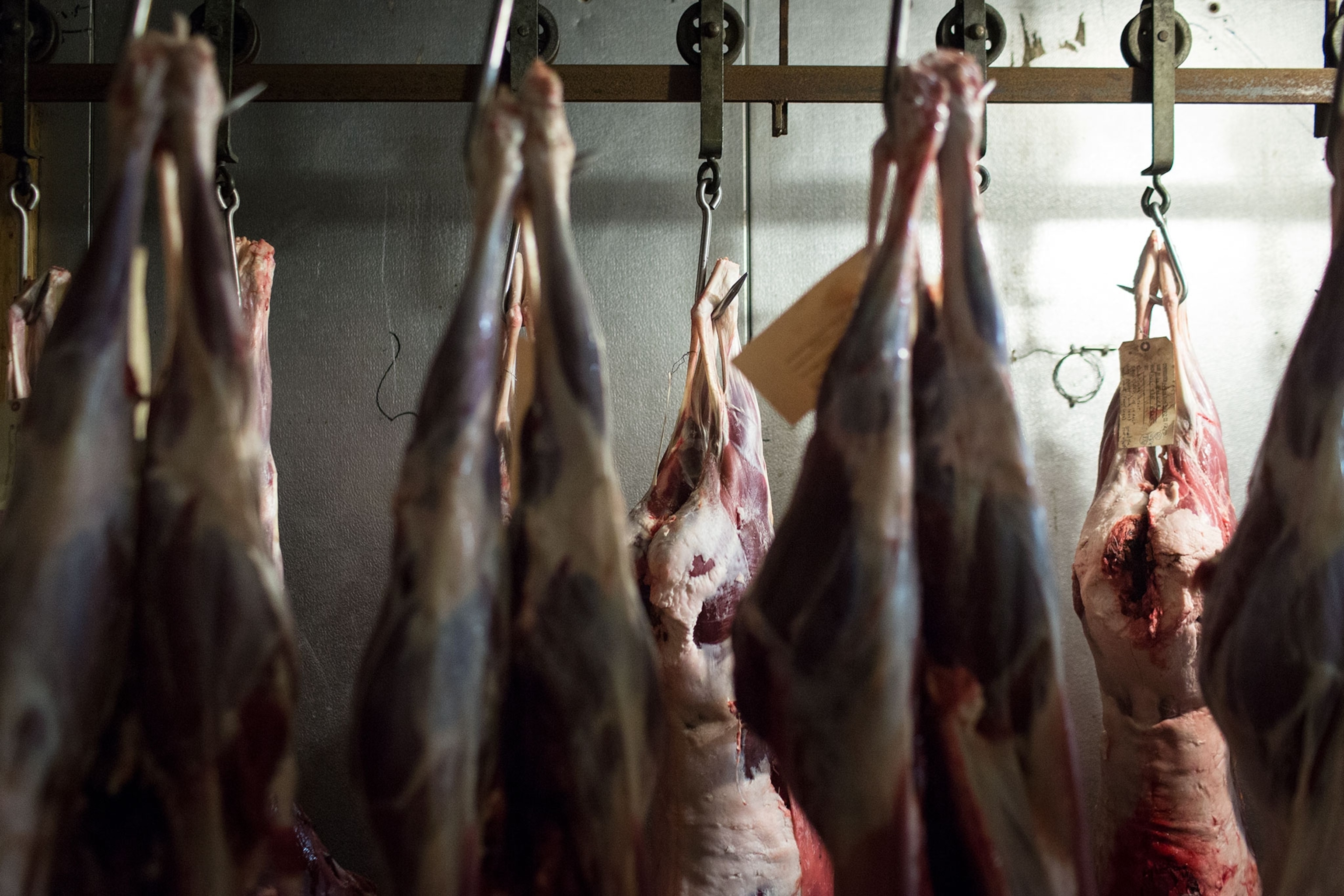
That meat is usually ground and divided into one pound bags. Then Manna Food Center, a non-profit aimed at ending hunger in Gaithersburg, Maryland, picks it up.
A week later, I visit Manna on a drizzly Thursday afternoon. A line forms inside as people wait to pick up a 50-60 pound box of food. When they get to the front of the line they’re asked if, in addition to the other groceries, they’d like to take home some deer meat.
Not everybody does. One woman couldn’t get over the animal it came from. She said it made her think of Bambi. Others are more enthusiastic. A different woman requested not one, but eight pounds. She planned to make the meat into hamburger-like patties.
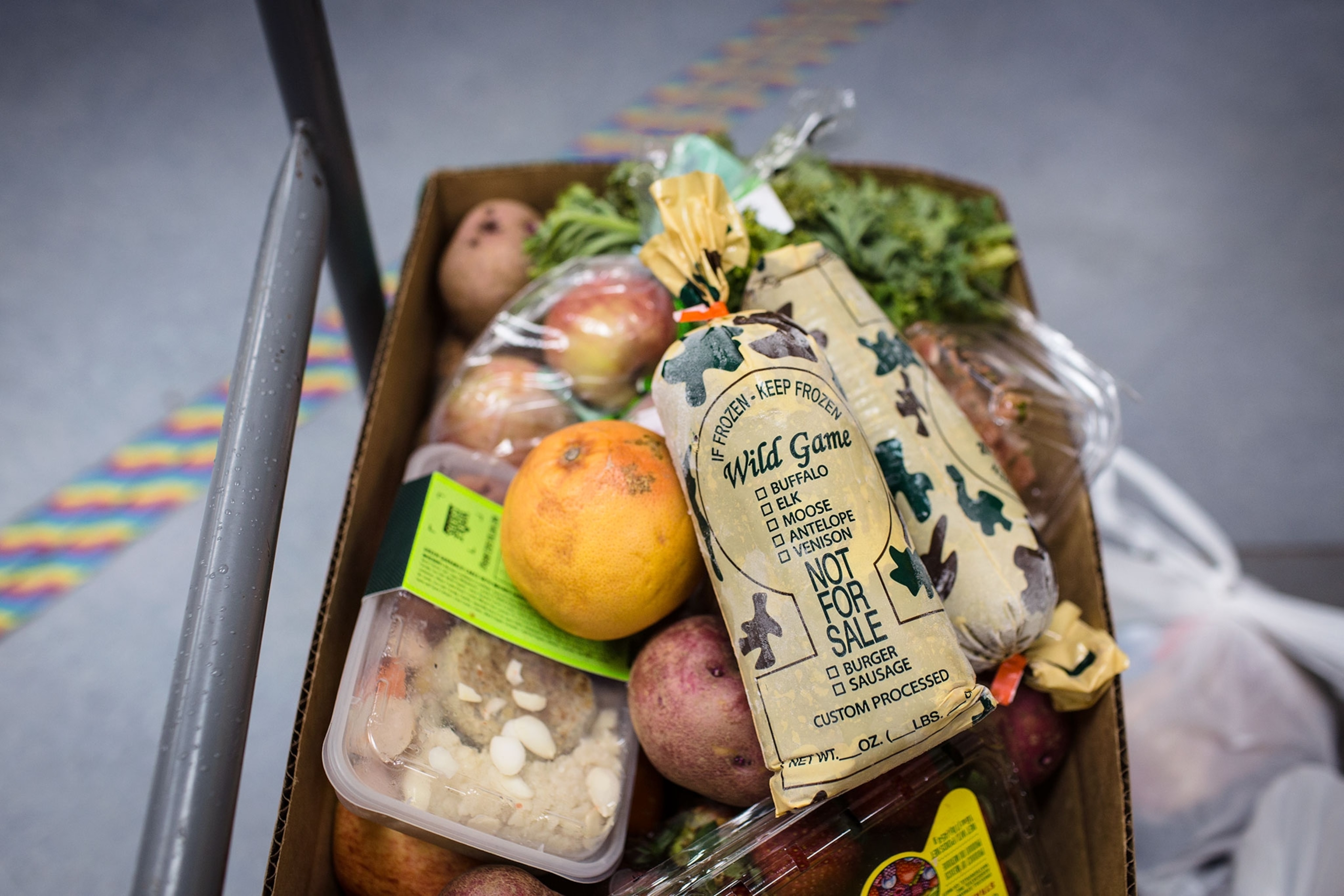
Though deer meat is often described as “gamey” it’s difficult to get people to explain what this means. Wilson gives it his best shot: “Sometimes it’s drier. It doesn’t have the fat and the grease that beef has. There’s a little bit more of the taste left over in your mouth. None of that’s in a bad way. It’s good.”
Manna gives out venison to its clients about 20 days per year as a supplement to the usual offerings. They provide recipe suggestions along with the meat (a veggie-filled meatloaf and a baked venison pasta dish) to ease clients into using it in familiar ways. This year they received a donation of almost two tons of the meat. That much chicken or turkey would cost them around $8,000.
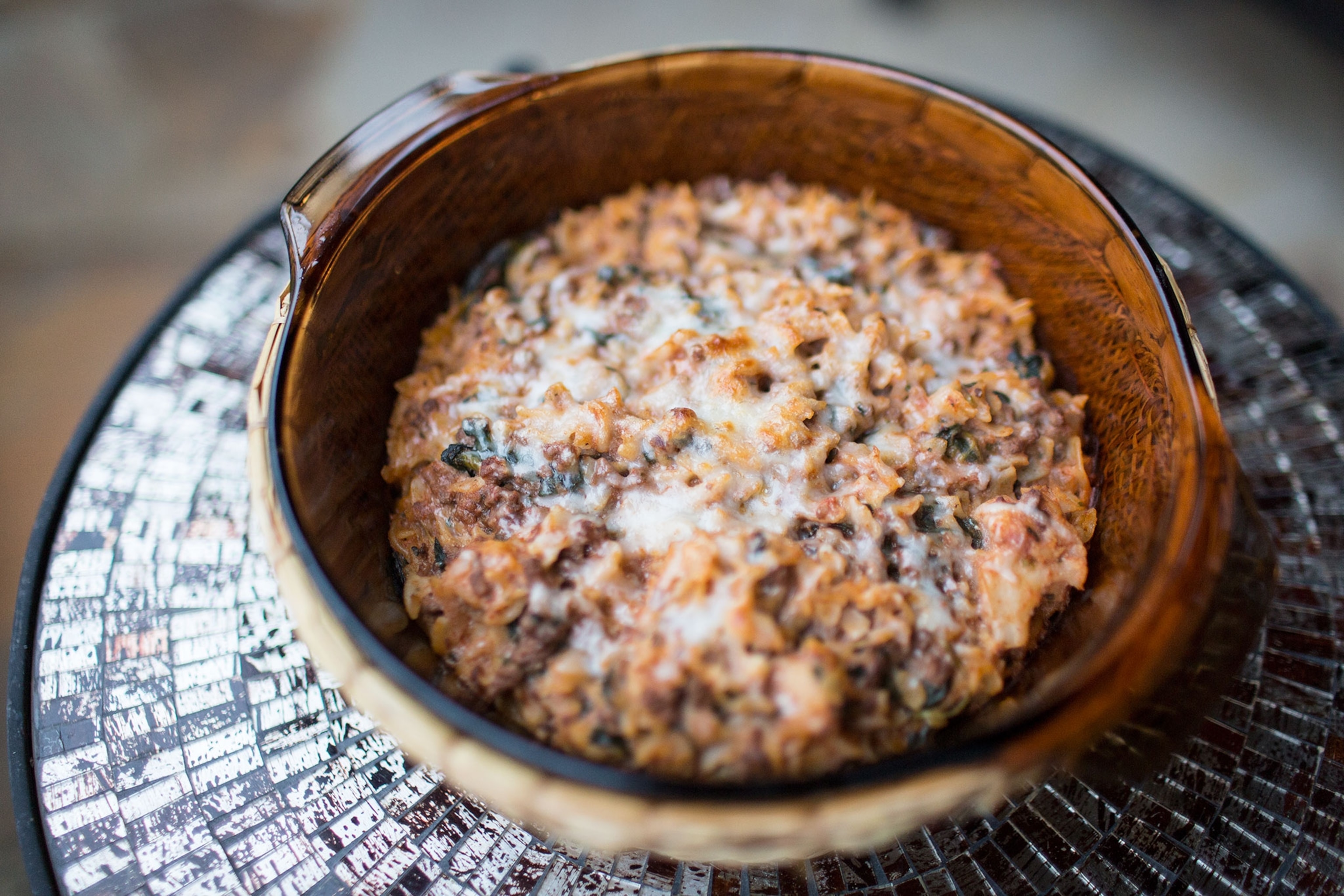
Director of Operations, Kevin Trostle, says venison is now in demand. “After an initial ‘try it’ with our clients, there are now requests for venison.”
Somewhere between pragmatism and philanthropy, a passion for hunting intersects with land management and human need. And the cycle—from forest to table—provides outdoorsmen and women with a way to give back while offering people in need the chance to try something new and nutritious … even if it is a little gamey.
Special thanks to Debbie Williams, the coordinator for Farmers and Hunters Feeding the Hungry in Frederick, Maryland and the founder of the Patty Pollatos Fund, for finding a hunter willing to let a photographer and an inexperienced outdoorswoman tag along to report a story.
Becky Harlan is an associate web producer at National Geographic. Follow her on Twitter and Instagram.


